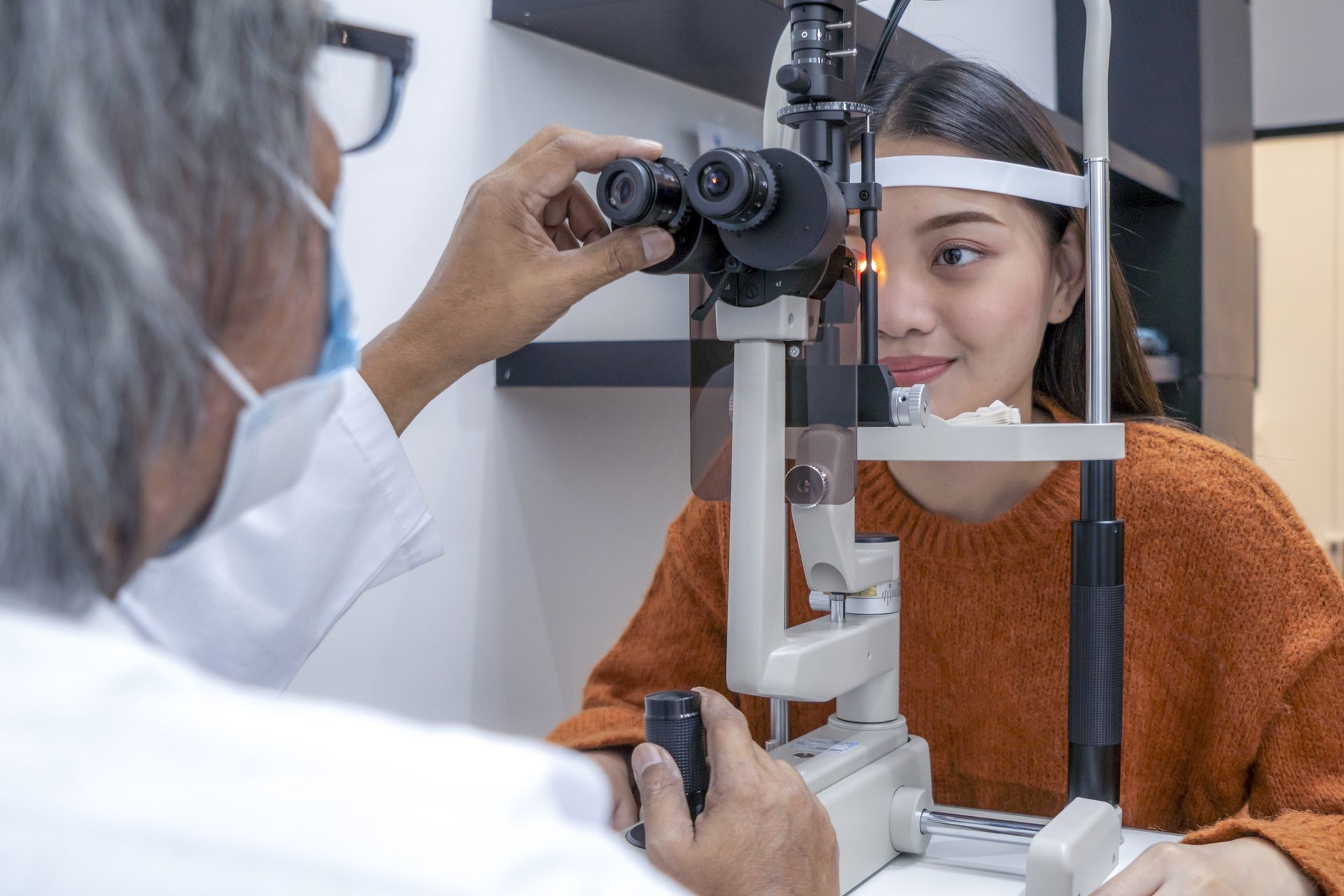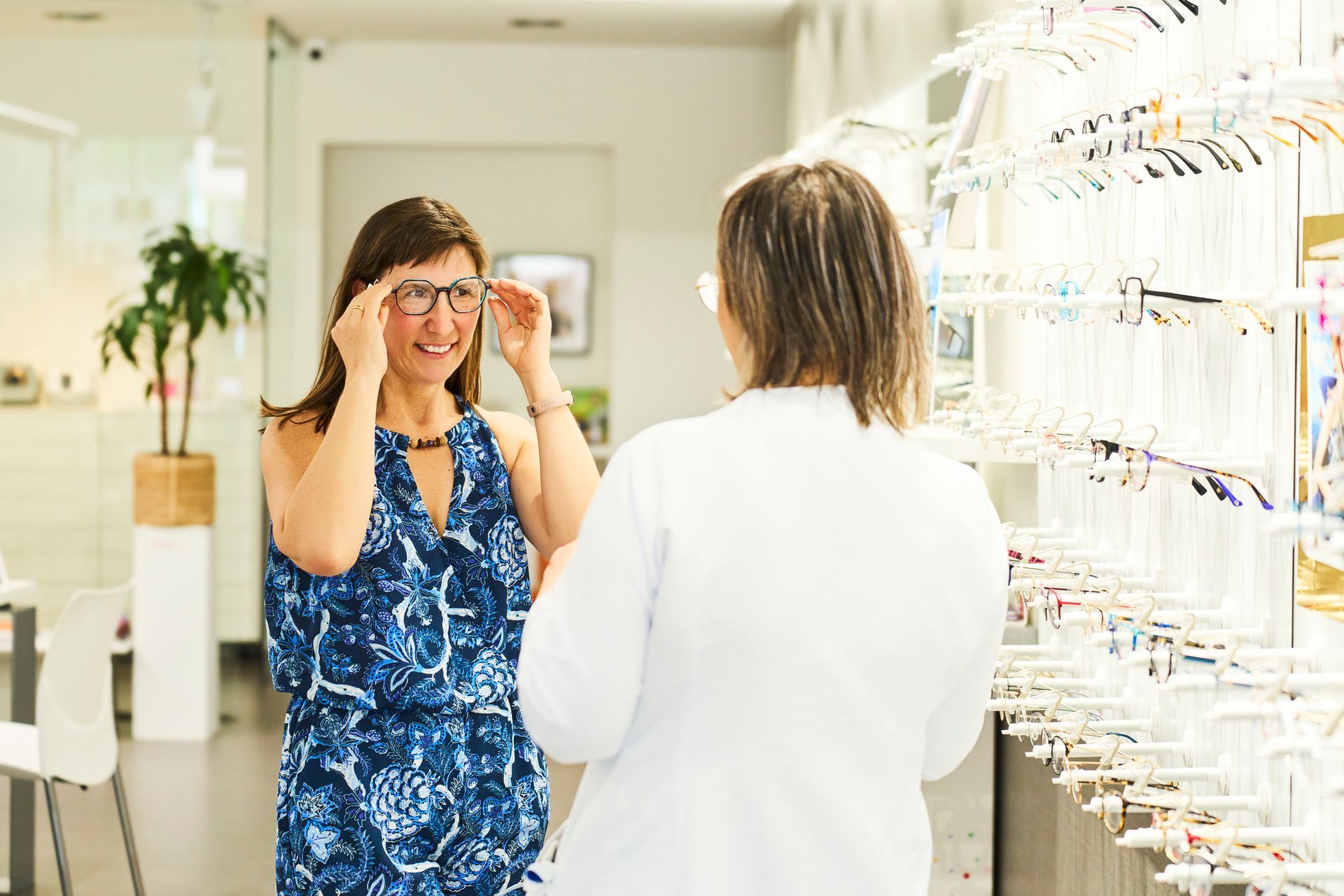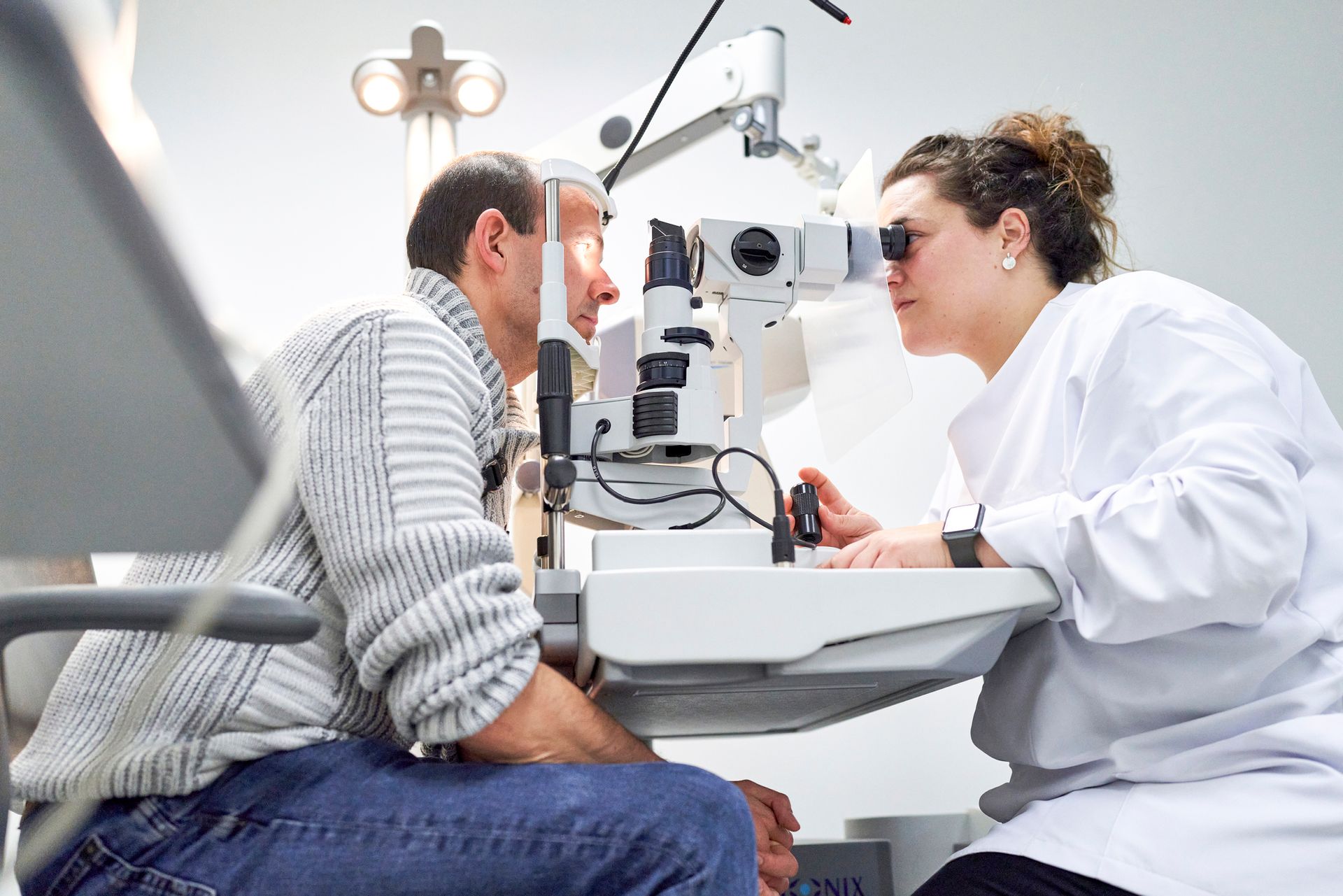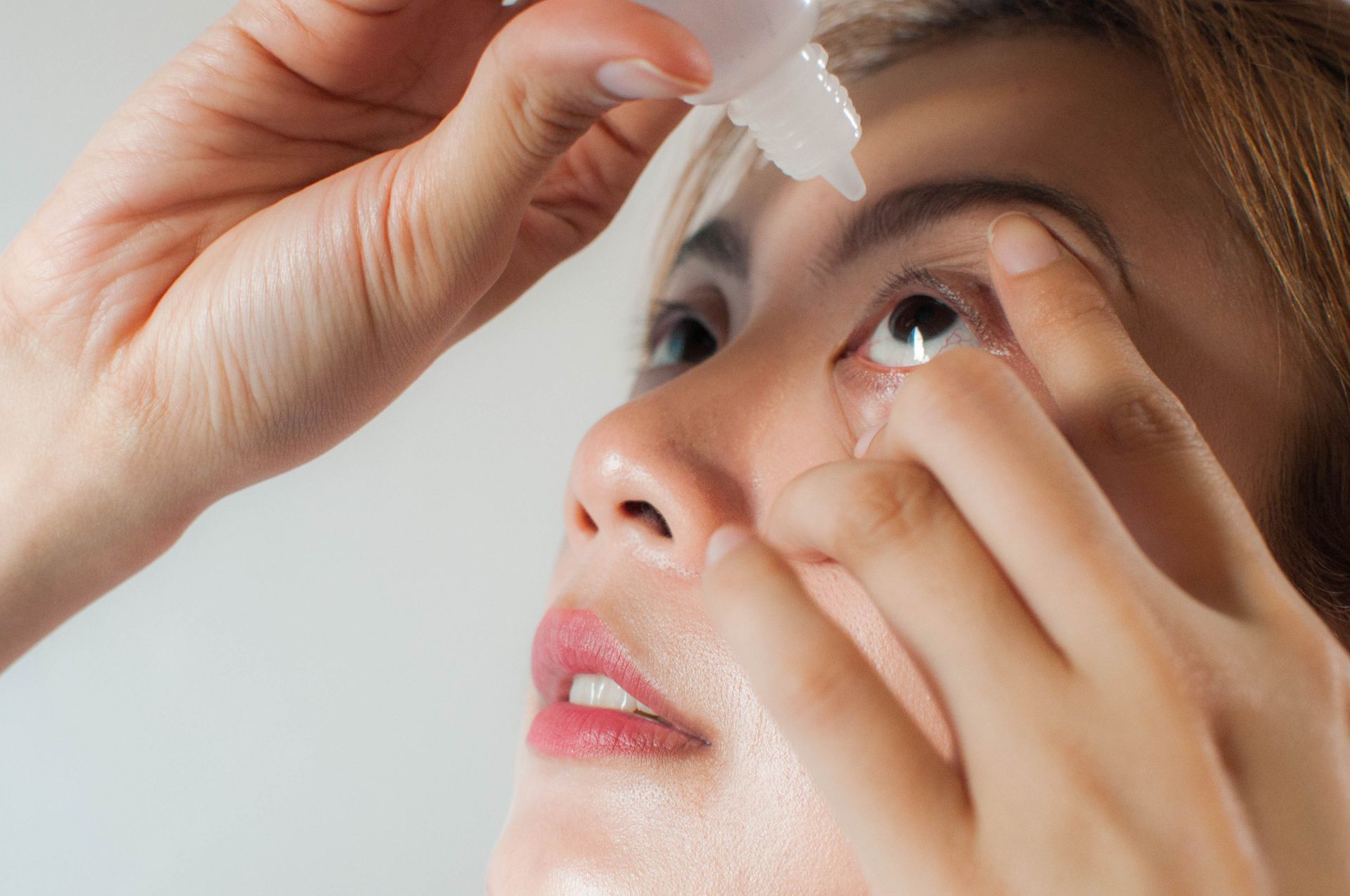What Are Bifocals? An FAQ
Bifocals are a common type of corrective lens that can help people to see properly. Although many people have heard of bifocals, not all of them know what bifocals do or how they work. If your eye doctor has informed you that you need bifocals, it's important to understand what that means. This FAQ is designed to bring clarity and perspective (puns intended) to the issue of bifocals.
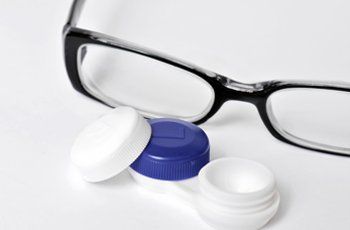
What Are Bifocal Lenses?
Bifocals are a special type of corrective lenses that are designed to help people who have trouble focusing on objects in the distance and on objects that are close up. Bifocals are usually identified by the visible horizontal line running through the lens of the glasses. However, many people who get bifocals choose to wear "progressive" lenses. Progressives are lenses that gradually shift from one correctional power to another, without a visible line running across the lens.
Who Needs Bifocals?
If you've been wearing glasses to see long distances and have suddenly discovered that you now have a hard time seeing objects up close, you likely need bifocals. Bifocals are common for older adults because vision changes as people age. However, sometimes children are born with complex eye problems and need bifocals to help them see properly.
Is It Difficult to Adjust to Bifocals?
Adjusting to bifocals can be a challenge for some people. Adjusting usually involves changing the way you think about vision and the way you look at the world. Below are some suggestions that can help.
Contact Us With More Questions
Do you have more questions about bifocals? If so, speak to a respected eye doctor in your area. At Calvert Ophthalmology Center, we're happy to help you make the adjustment to bifocals and answer any questions you might have about bifocals. Call us today to find out more.



